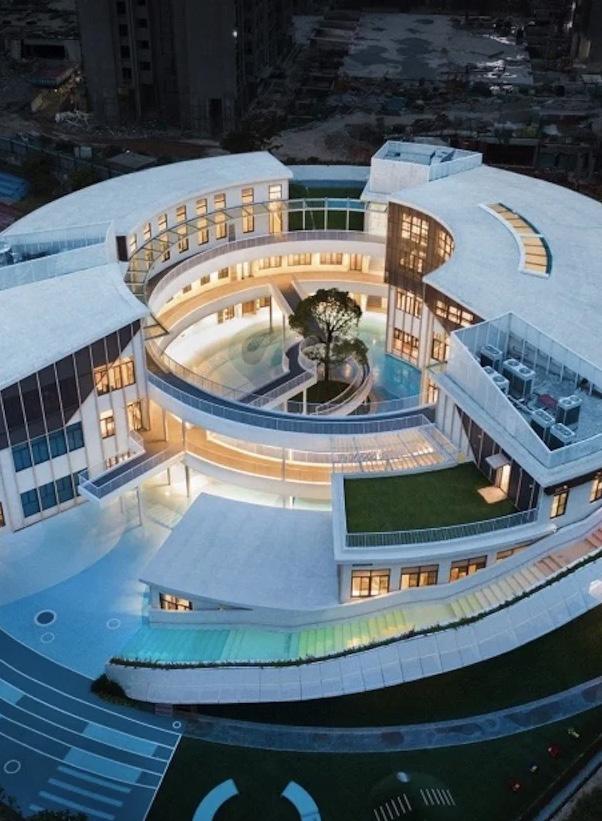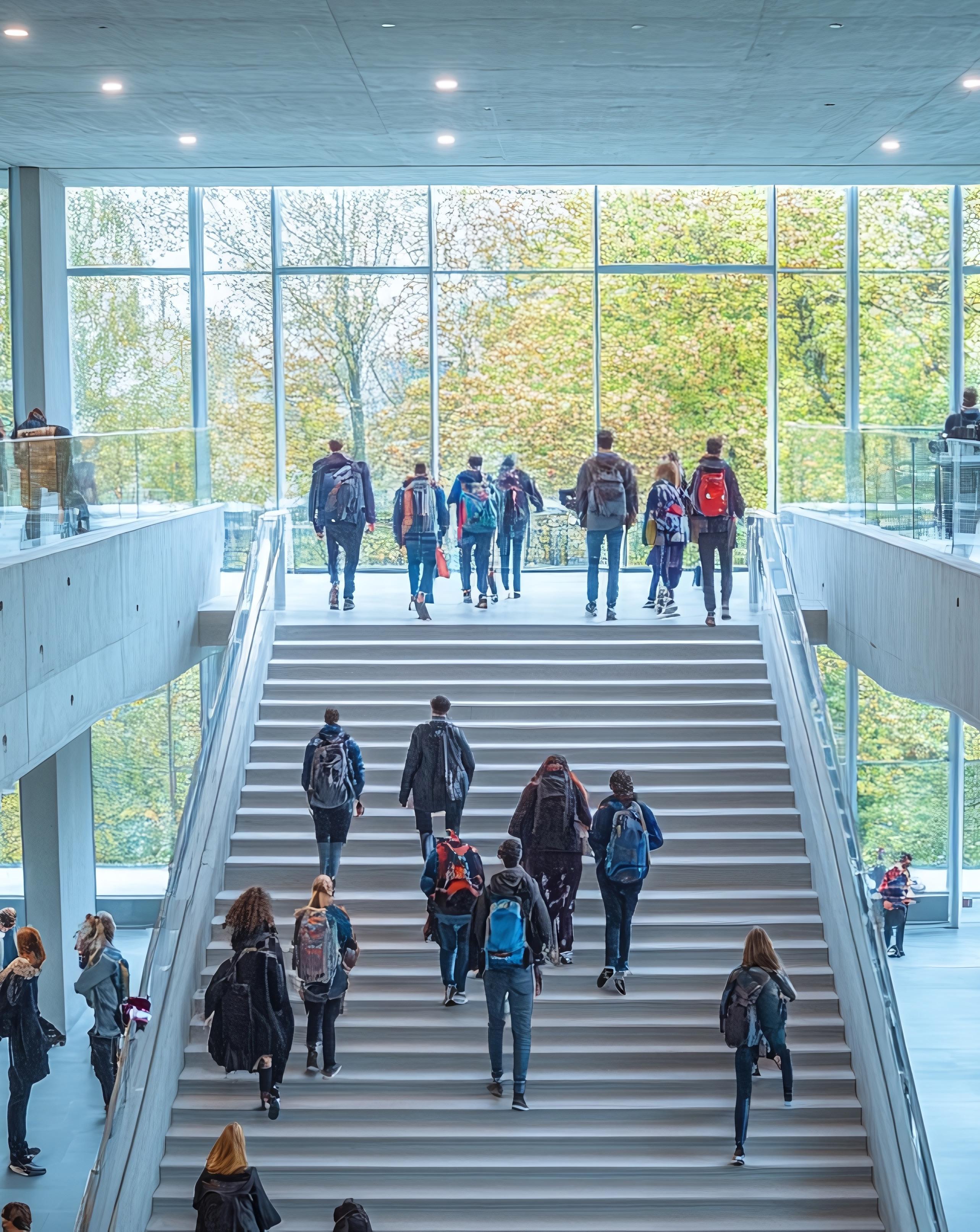

TO P 10
Trends in Creating Engaging E ducational En vironments for Architects and Designers
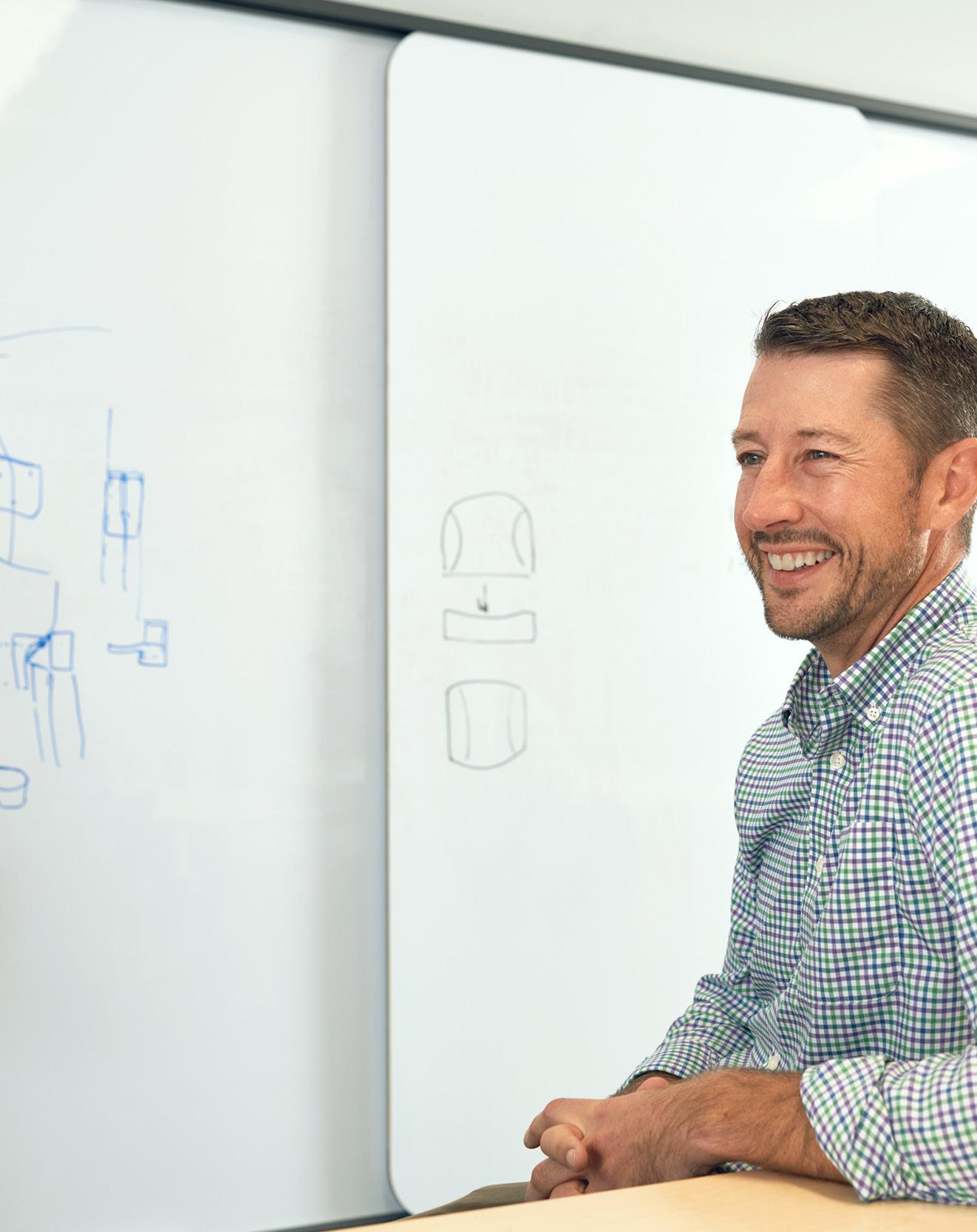
TO P 10

“A well-designed space isn’t just about filling a room—it’s about building an experience that lasts.”
- Graham Irwin
Educational spaces are evolving, and design is playing a bigger role than ever. Architects and designers are moving beyond basic functionality to create environments that shape how students learn and interact.
Here we explore what’s driving these changes. Schools are prioritizing flexibility, accessibility, and smarter use of space. Thoughtful seating, adaptable layouts, and strong campus identity are shaping the future. At Irwin Seating, we believe great design isn’t just about today—it’s about what comes next.
Human-Centered Design for Holistic Learning 1.
Educational spaces are evolving beyond functionality—they’re becoming experiences. Architects and designers are prioritizing humancentered environments that support mental well-being, collaboration, and creativity. By integrating biophilic elements, flexible layouts, and multi-sensory engagement, institutions can foster deeper learning and student connection. Thoughtfully designed seating, natural materials, and adaptive lighting work together to create a space where students feel both inspired and at ease.
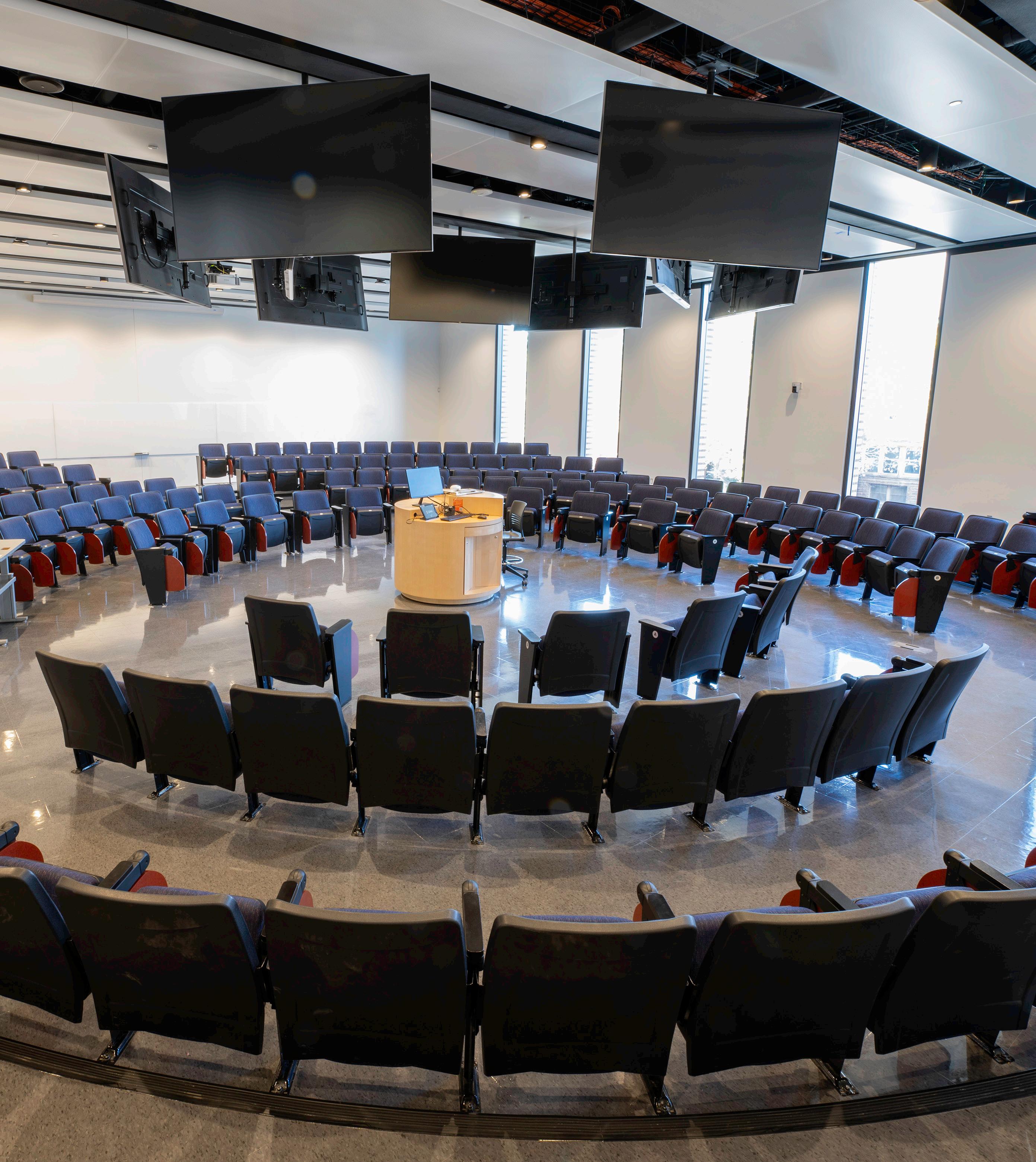
.
Hyper-Flexible Learning Environments
As education shifts away from rigid classroom structures, modular design is taking center stage. Schools are investing in multi-functional seating, reconfigurable furniture, and dynamic layouts that accommodate everything from traditional lectures to group collaborations. The goal is simple—create spaces that change as quickly as education itself. Architects are leading the charge, designing adaptive learning environments that encourage movement, interaction, and personalization.
Did You Know?
Today’s flexible classrooms demand furniture that can move as fast as the lesson plan - Irwin’s seating solutions are designed to roll, fold, reconfigure, and recharge right alongside the students.
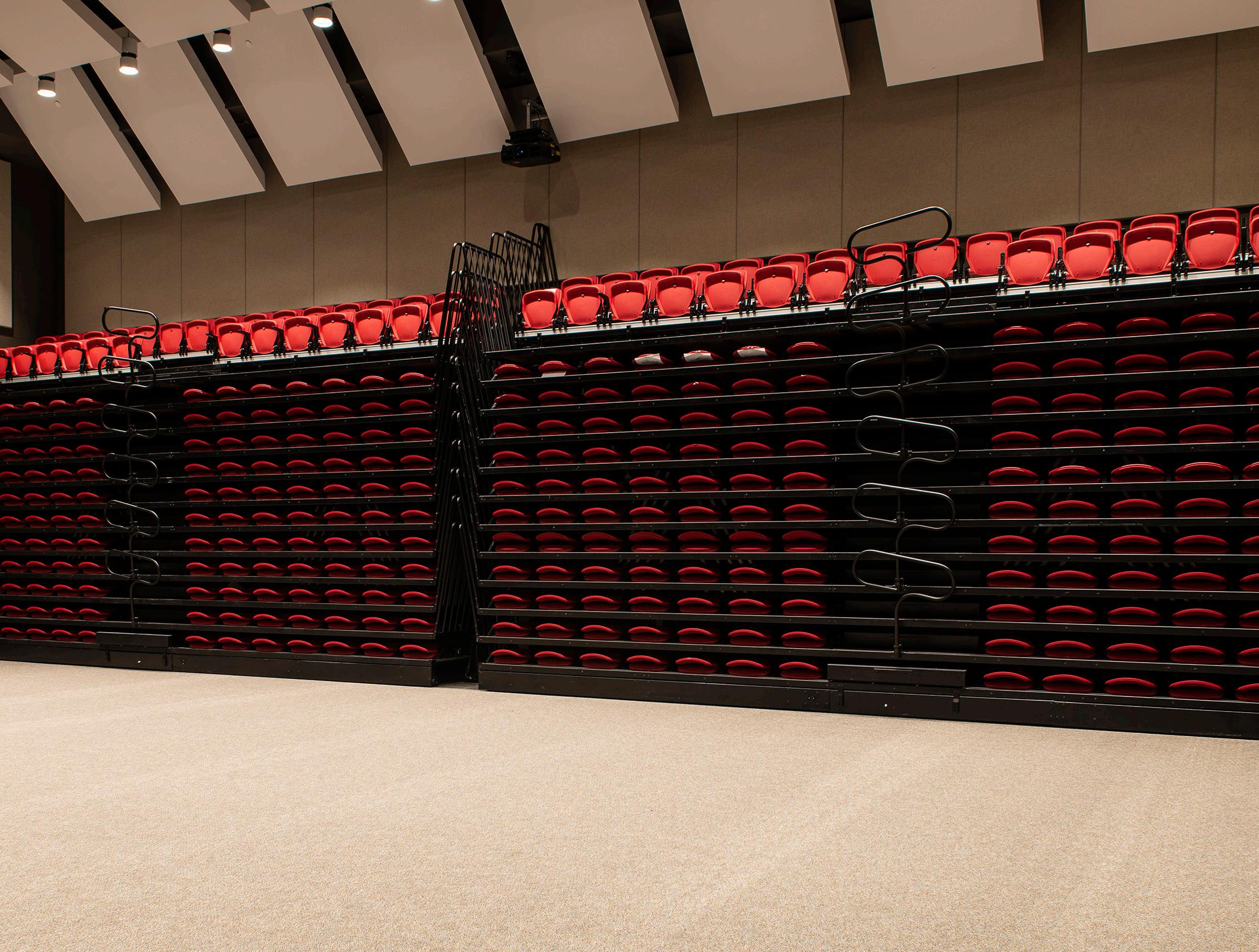
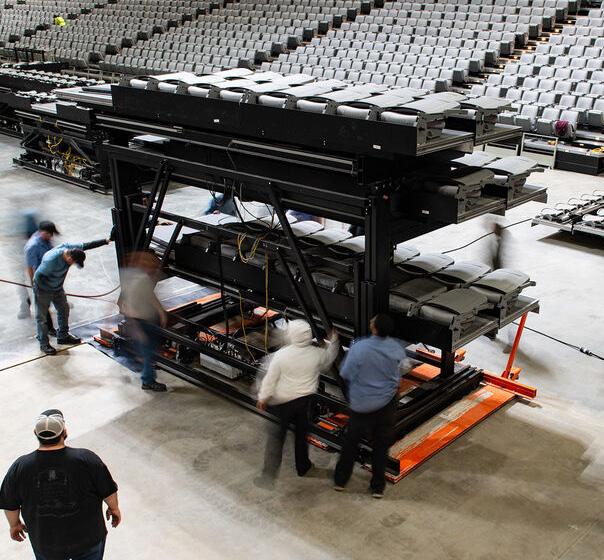
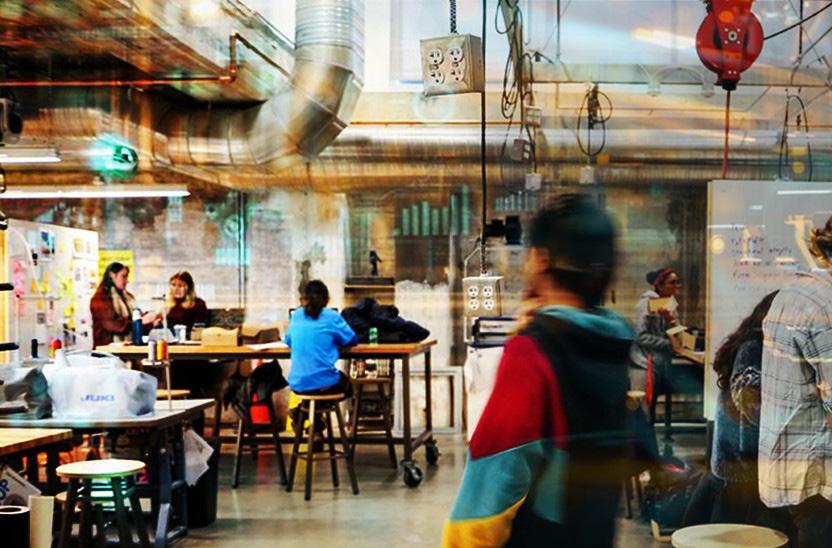
Top 10 Trends in Creating Engaging Educational Environments for Architects and Designers
The Rise of Experiential Learning Spaces 3.

Hands-on, immersive learning is reshaping educational design. Spaces once dedicated solely to lectures are being transformed into dynamic environments where students engage with realworld problem-solving. Think simulation labs, makerspaces, and tech-integrated studios that mirror professional environments. Architects are reimagining traditional classrooms, turning them into hubs of exploration, creativity, and innovation.
Smart Technology and Ai-Driven Learning Hubs
. Artificial intelligence and smart sensors are streamlining the student experience. From classrooms that adjust lighting and temperature based on occupancy to AI-assisted seating layouts that optimize acoustics and visibility, technology is shaping the future of learning spaces. Institutions are investing in tech-integrated environments that enhance engagement, ensuring that every seat is the best seat in the house.

Seamless Indoor-Outdoor Integration
Educational environments are extending beyond four walls. Outdoor classrooms, rooftop study lounges, and courtyard learning spaces are blurring the line between nature and academia. Fresh air and open space aren’t just aesthetic upgrades— they’re proven to enhance focus and well-being. Architects are designing campuses that harness natural light, incorporate sustainable landscaping, and create seamless transitions between interior and exterior spaces.
Did You Know?
Outdoor learning is no longer just a trend - it’s a full-on futureproofing movement. From sunlit courtyards to garden classrooms, schools are embracing biophilic design to boost student performance by up to 25%
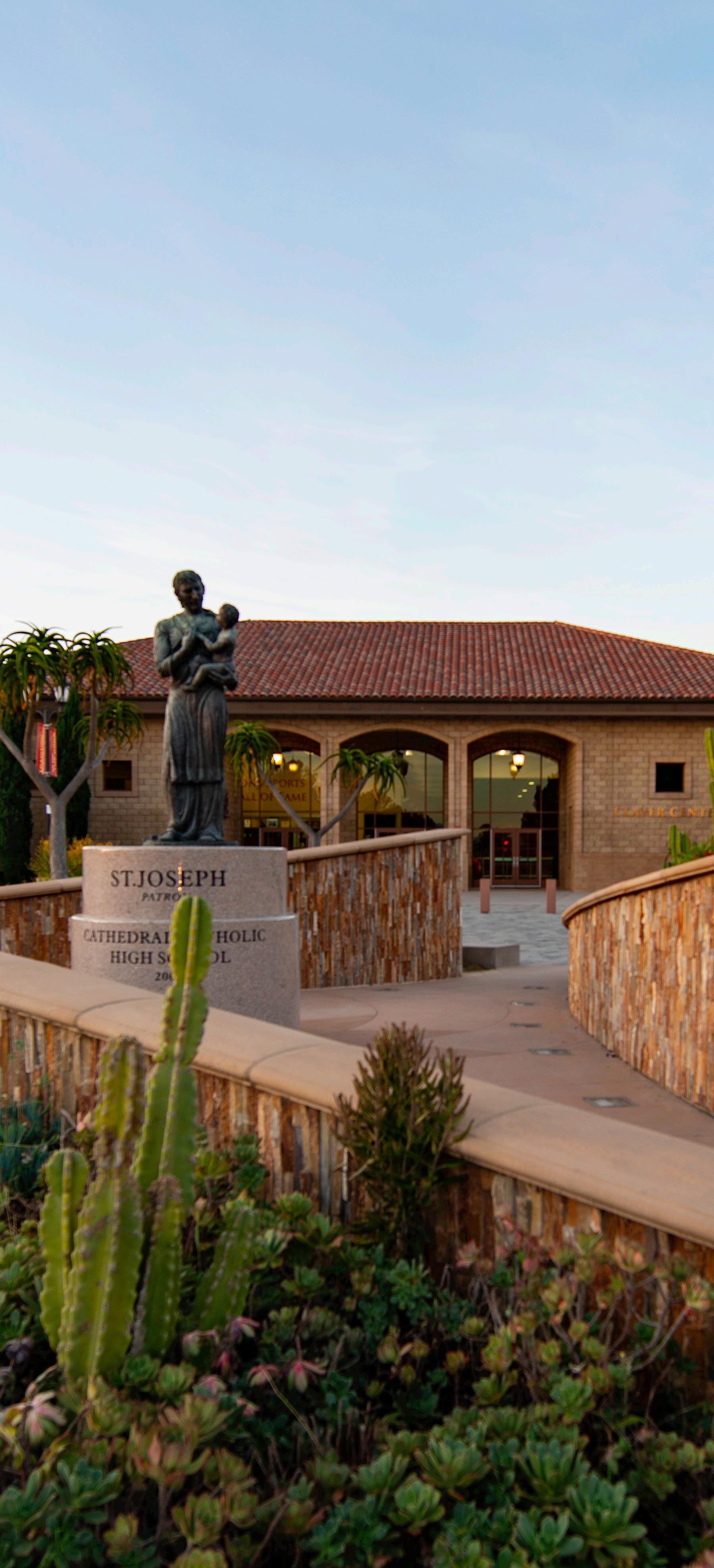
OBSESSED WITH
LIFELONG LEARNING
LIFELONG LEARNING
Learning is about growing. When we learn, we grow – as people, as communities, as a nation, and as a world. It’s how we progress. It’s how we prosper. It’s how we reach our potential. At Irwin, we know this – and we love this – and we are dedicated to levelling the playing field by designing and creating seating and spaces that enable lifelong learners to continue to learn – and continue to grow throughout their entire lives.
Did You Know?
Universal design is now the standard, not the exceptionIrwin works hand-in-hand with architects and educators to create ADA-compliant seating and layouts that welcome everyone!

6.
Accessibility as a Design Standard, Not an Afterthought
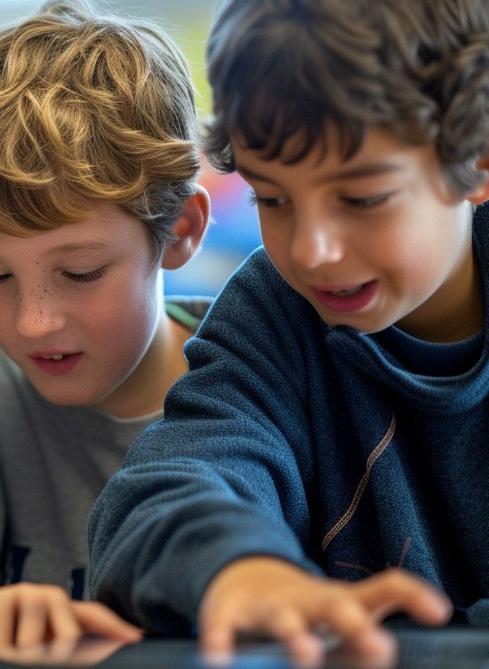
The future of educational design is inherently inclusive. Universal design principles are guiding the development of seating, workspaces, and gathering areas that cater to every student, regardless of ability. From adjustableheight seating to seamless circulation pathways, architects are embedding accessibility into the foundation of design rather than treating it as a retrofit.
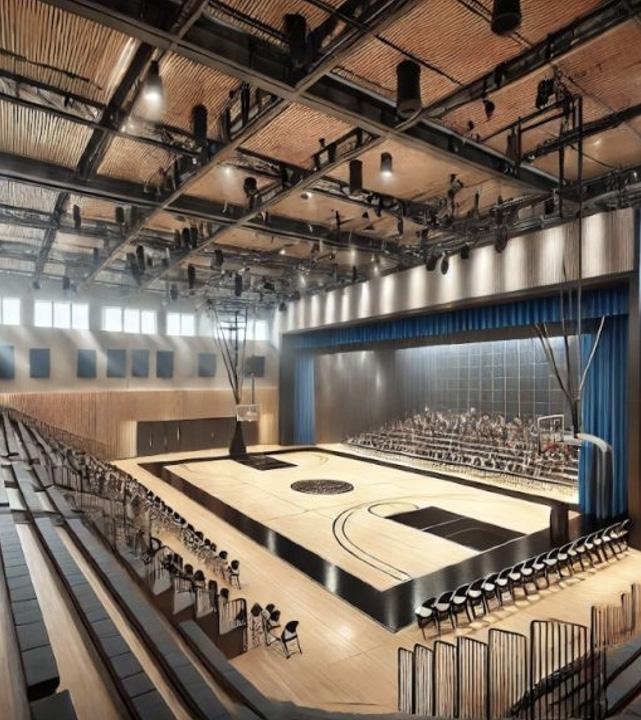
Top 10 Trends in Creating Engaging Educational Environments for Architects and Designers
The Evolution of Auditorium and Lecture Hall Design 7 .
Gone are the days of cavernous lecture halls filled with rows of static seating. The modern auditorium is agile, multi-use, and designed for engagement. Institutions are opting for tiered, flexible seating that supports everything from keynote addresses to group discussions. Acoustic optimization, integrated AV technology, and moveable seating configurations are making large-scale learning feel more personal and interactive.
Branding and Identity Through Custom Design 8.
Campus environments are becoming a direct extension of institutional identity. Universities and schools are leveraging color, materials, and branding elements in their seating and facility designs to reinforce school spirit and culture. Custom finishes, branded furnishings, and architectural storytelling are helping campuses create spaces that feel distinct, inspiring, and uniquely their own.
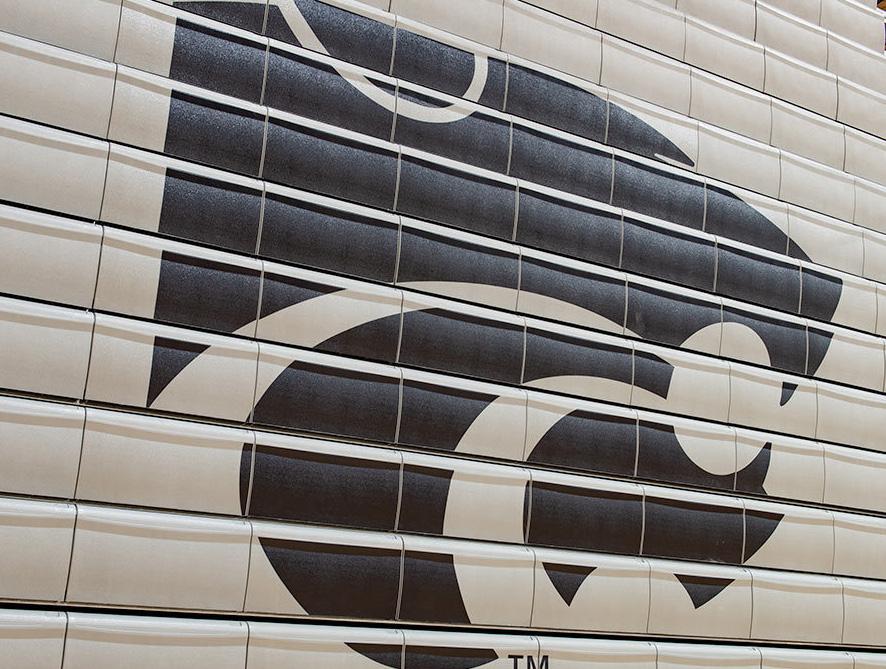
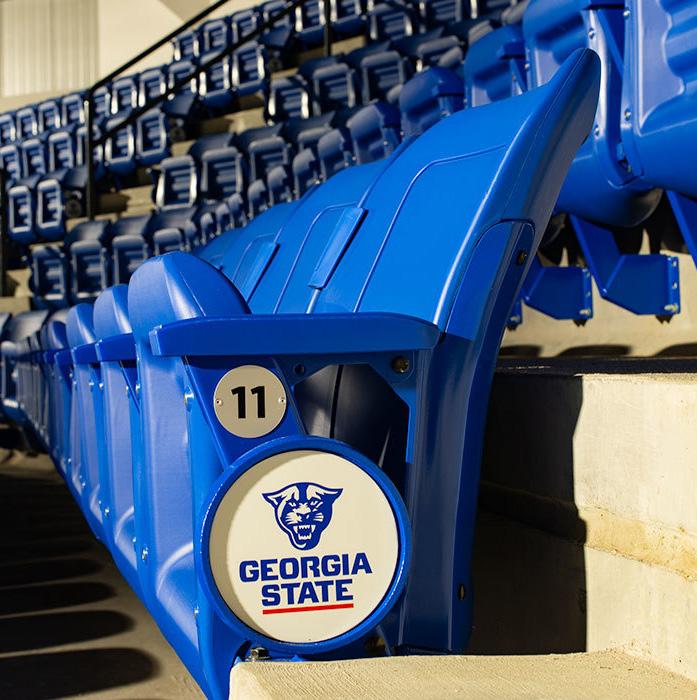

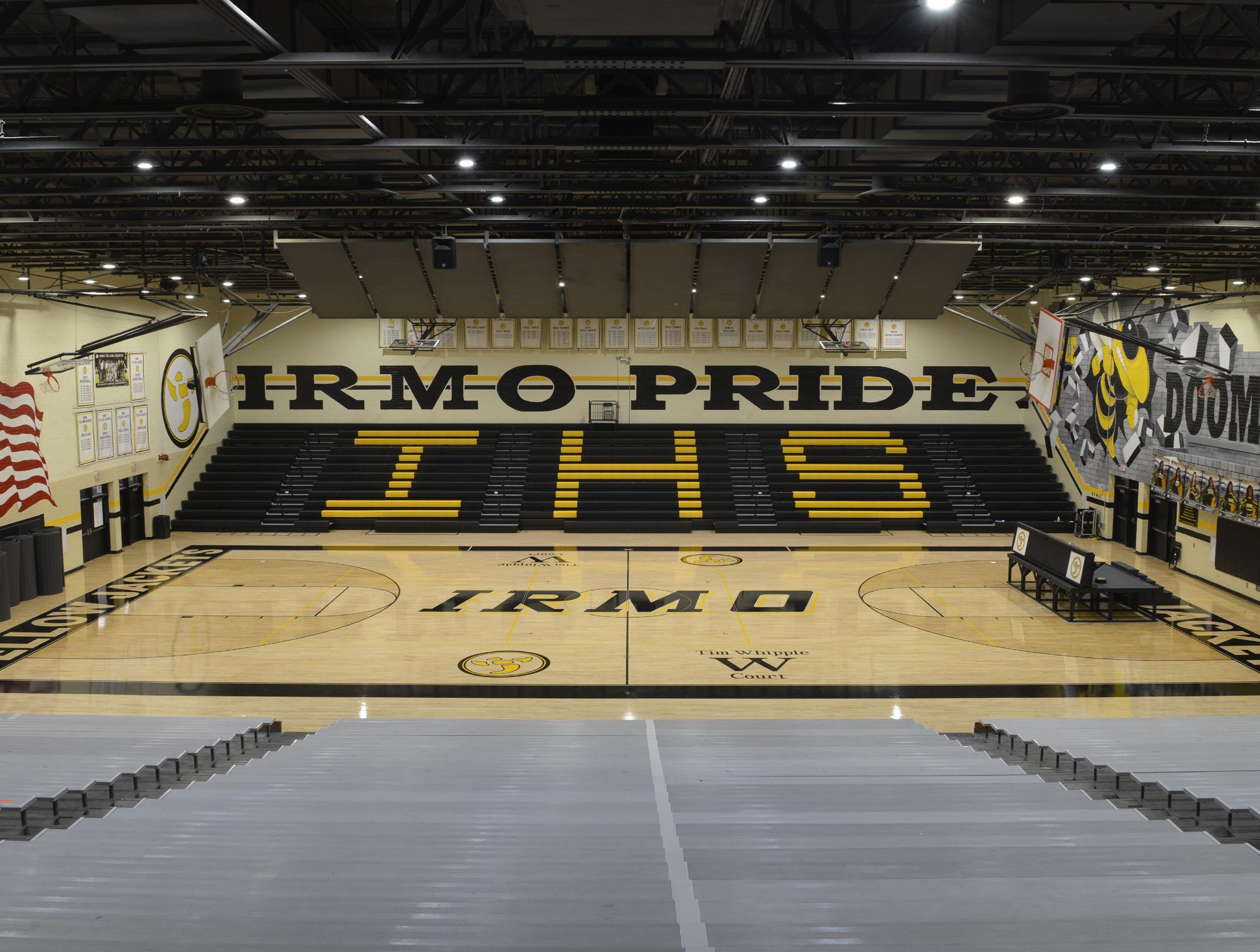
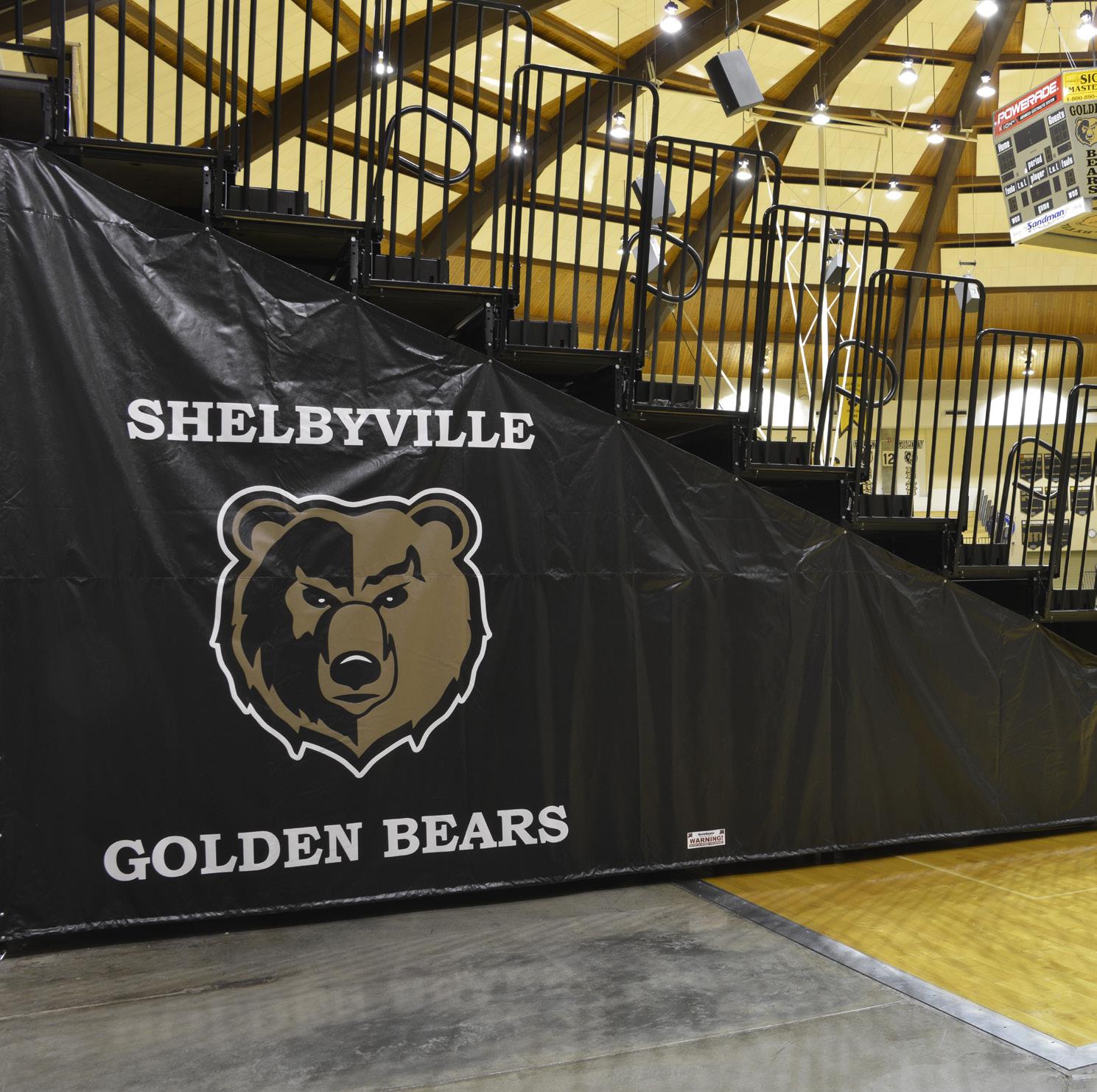
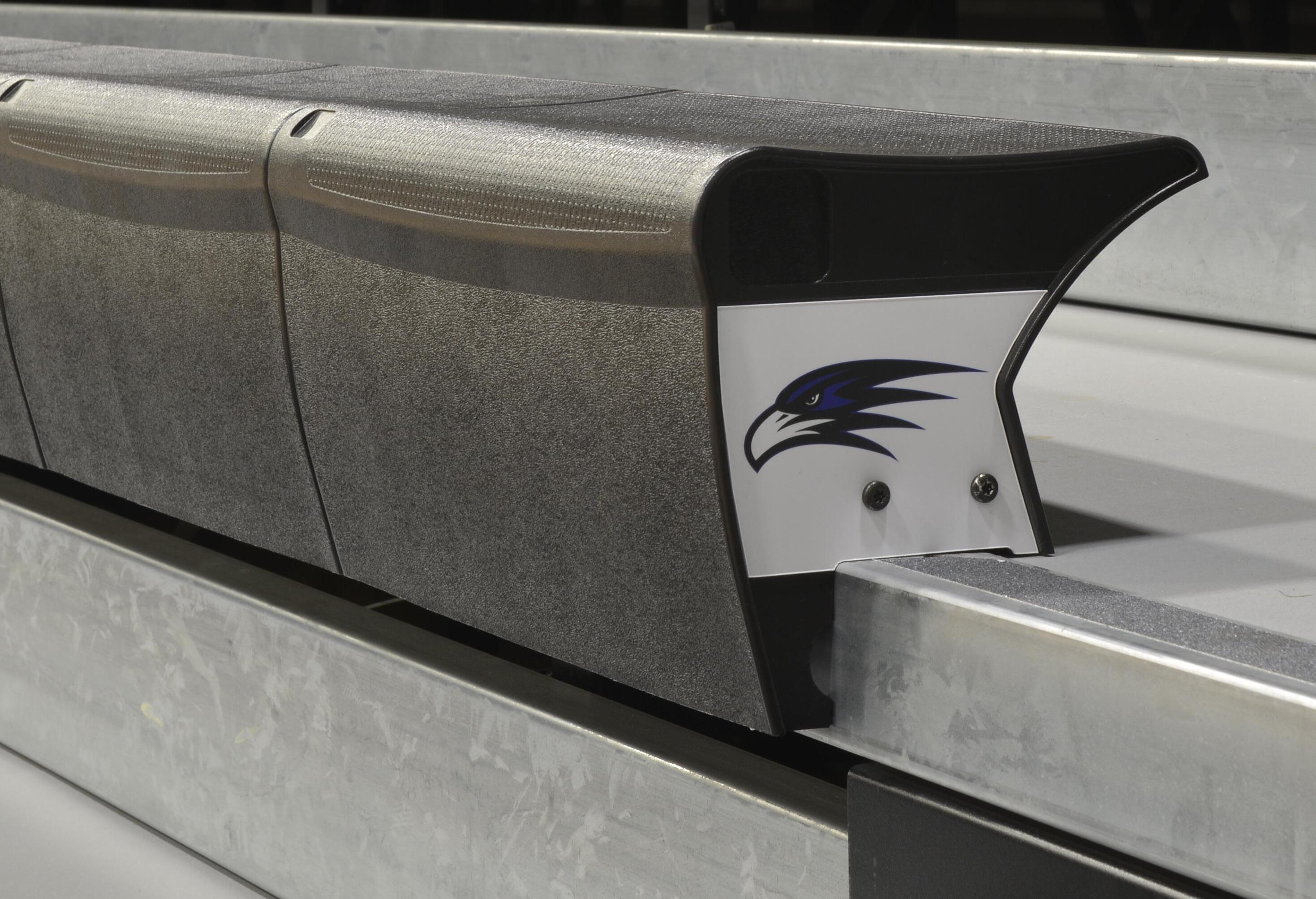
Did You Know?
Over 80% of colleges and universities incorporate branded seating, logos, or colors in their athletic facilities to enhance team pride and fan experience.
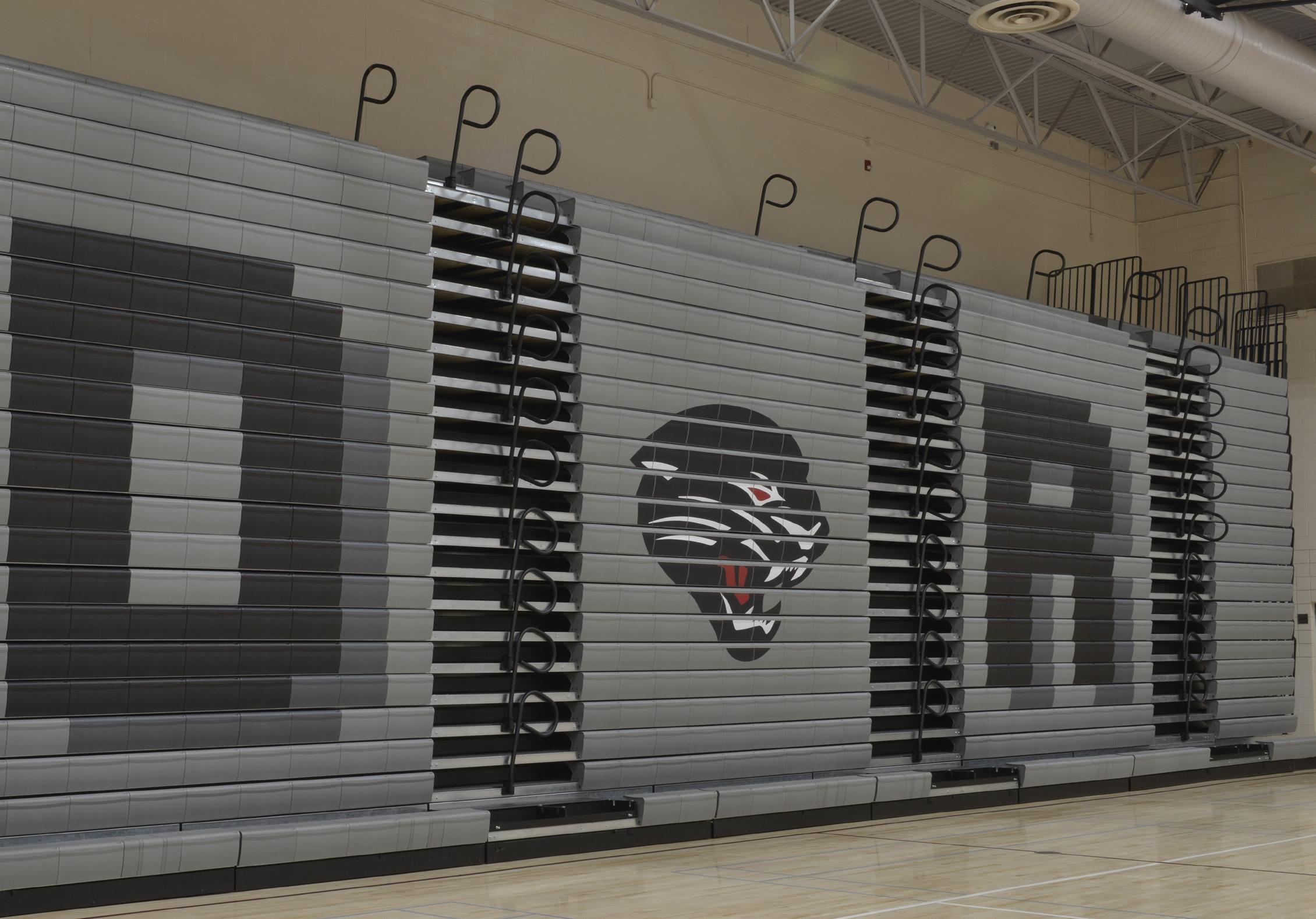
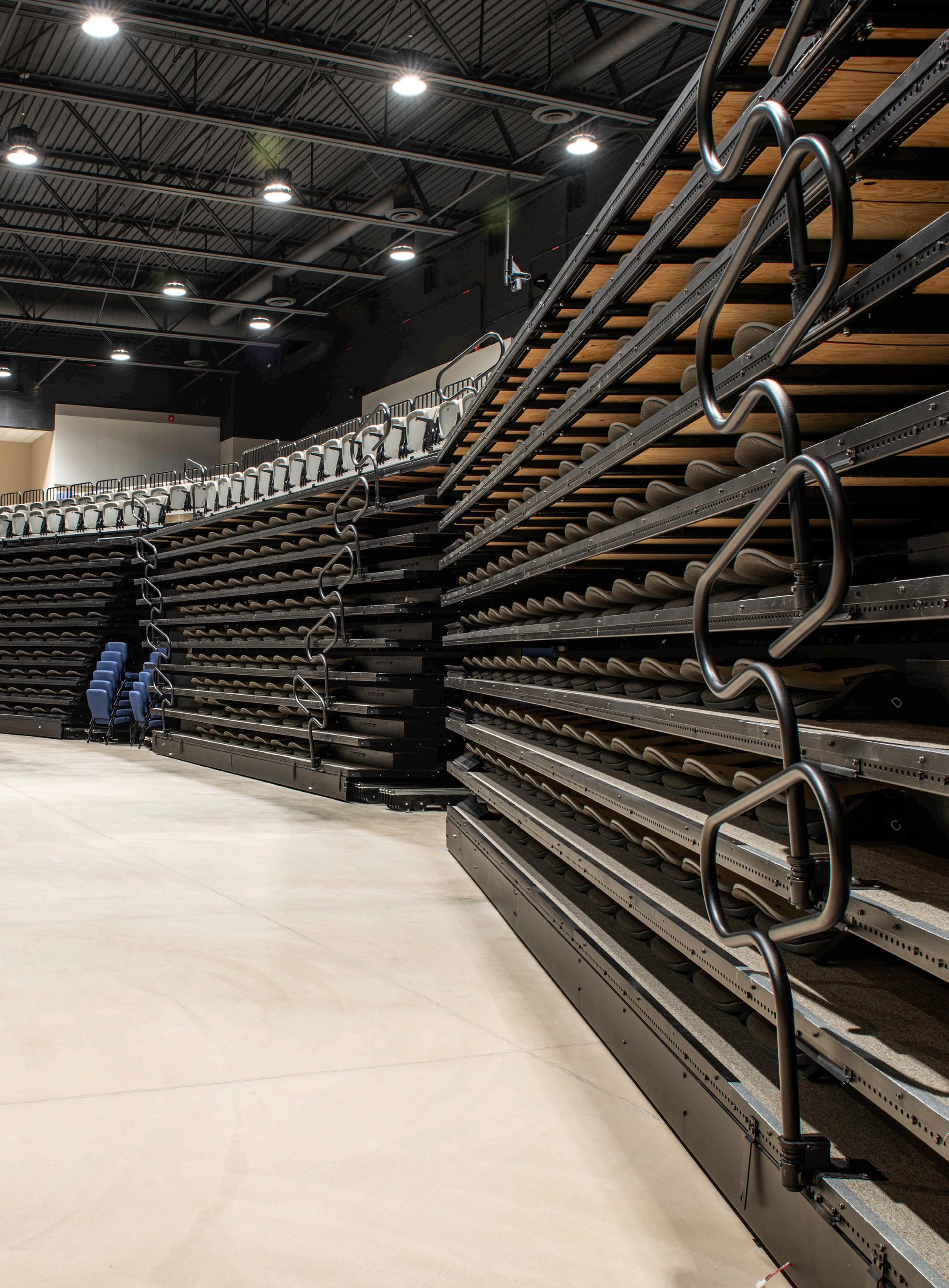
Did You Know?
Every inch counts in education design - Irwin’s compact, smartly spaced seating layouts help architects maximize capacity without compromising comfort.
Multi-Use Spaces That Maximize Real Estate
With educational institutions facing space constraints, every square foot must serve multiple purposes. Lecture halls that transition into event venues, libraries that double as collaboration hubs, and gymnasiums that serve as assembly halls are becoming the new normal. Architects and designers are focusing on adaptable infrastructure that allows learning spaces to serve a variety of functions without compromising comfort or usability.
Sustainable and Circular Design Thinking
Sustainability is no longer a checkbox—it’s a core design principle. Schools are moving beyond LEED certification and embracing circular design, prioritizing materials that can be reused, recycled, or repurposed. From seating made with low-impact materials to energy-efficient layouts that reduce reliance on artificial lighting, campuses are embracing design choices that contribute to long-term environmental responsibility.
